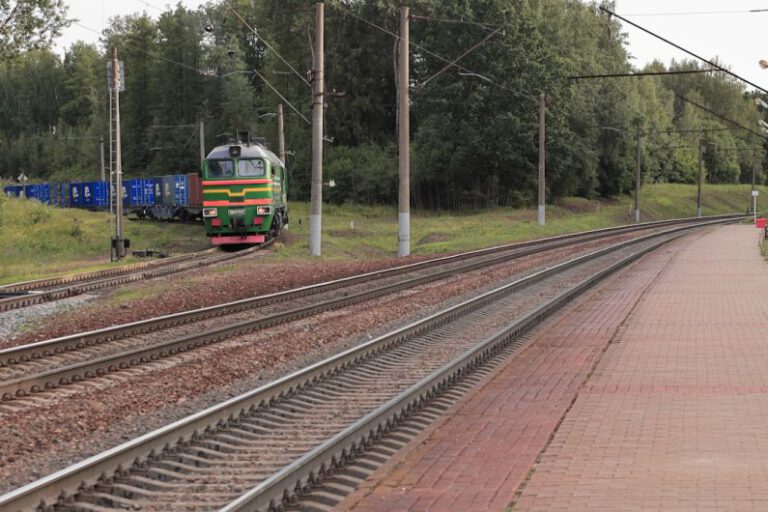The Bullet Train Phenomenon: Shinkansen’s Impact on Japan and beyond
Japan’s Shinkansen, commonly known as the bullet train, has revolutionized the way people travel not only in Japan but also globally. With its cutting-edge technology, impressive speed, and impeccable safety record, the Shinkansen has become a symbol of Japan’s innovation and efficiency. Let’s delve into the impact of the bullet train on Japan and beyond.
**Speed and Efficiency**
The Shinkansen is renowned for its remarkable speed, with trains reaching speeds of up to 320 km/h (200 mph). This high-speed rail network has significantly reduced travel times between major cities in Japan, making it a preferred mode of transportation for both domestic and international travelers. The efficiency of the Shinkansen is unparalleled, with trains departing and arriving on schedule with remarkable precision.
**Economic Growth**
The introduction of the Shinkansen has had a profound impact on Japan’s economy. By connecting major cities like Tokyo, Osaka, and Kyoto, the bullet train has facilitated the movement of people and goods, boosting economic activity across the country. The Shinkansen has also spurred urban development around its stations, leading to the revitalization of local economies and the creation of job opportunities.
**Environmental Sustainability**
In an era where environmental sustainability is a top priority, the Shinkansen stands out as a greener alternative to air travel and road transportation. The electric-powered trains emit significantly fewer greenhouse gases compared to airplanes and cars, making them a more eco-friendly option for travelers. By promoting rail travel over other modes of transportation, the Shinkansen plays a crucial role in reducing carbon emissions and combating climate change.
**Technological Innovation**
The Shinkansen is a testament to Japan’s prowess in technological innovation. From its aerodynamic design to its advanced signaling systems, the bullet train incorporates cutting-edge technology to ensure a safe and comfortable journey for passengers. The continuous research and development in high-speed rail technology have not only enhanced the performance of the Shinkansen but have also set a benchmark for rail systems worldwide.
**Global Influence**
The success of the Shinkansen has inspired other countries to invest in high-speed rail infrastructure. Countries like China, France, and Spain have developed their own high-speed rail networks, drawing inspiration from the Japanese model. The Shinkansen’s impact extends beyond Japan’s borders, serving as a blueprint for countries looking to enhance their transportation systems and promote sustainable travel.
**Cultural Significance**
Beyond its practical benefits, the Shinkansen holds cultural significance for the people of Japan. The bullet train embodies the nation’s values of precision, efficiency, and innovation, reflecting Japan’s commitment to excellence in all endeavors. For many Japanese citizens, the Shinkansen represents a source of national pride and a symbol of Japan’s technological leadership on the global stage.
**Future Prospects**
As Japan looks towards the future, the Shinkansen continues to play a vital role in shaping the country’s transportation landscape. With ongoing expansion projects and plans to introduce even faster trains, the bullet train remains at the forefront of innovation in high-speed rail technology. The Shinkansen’s legacy will endure for generations to come, leaving a lasting impact on Japan and serving as a beacon of inspiration for countries around the world.
In conclusion, the Shinkansen’s impact on Japan and beyond is undeniable. As a pioneering high-speed rail network, the bullet train has transformed the way people travel, influenced economic development, and set new standards for sustainability and technological advancement. The success of the Shinkansen serves as a testament to Japan’s ingenuity and vision, leaving a legacy that will continue to shape the future of transportation globally.






